Lowe's India, the global capability centre of Lowe's Inc., the renowned home improvement retailer, isn't just building homes; it's constructing a better future. Beyond the usual corporate checkboxes, their commitment to sustainability and community development is palpable. In this insightful interview, Ms. Shiwani Varma Vyas, Director – Corporate Communications & CSR, Lowe's India, takes us through the intricacies of the company's comprehensive CSR framework and its innovative strategies for a lasting impact on environmental stewardship and societal well-being. The discussion spans from surpassing mandated CSR allocations to leading transformative initiatives.
Moreover, Lowe's India's commitment extends beyond traditional boundaries, aiming to restore biodiversity and combat climate change through initiatives like rejuvenating Hunasamaranahalli lake, with an estimated reduction of approximately 300 metric tons of CO2 by 2043. Further, Ms. Vyas sheds light on the 'Unplastic' initiative, emphasizing the company's dedication to minimizing environmental impact and aligning with the global objective of achieving carbon neutrality by 2050. The interview also explores Lowe's India's collaborative project with IIT Dharwad, showcasing how partnerships contribute to the company's innovative sustainability landscape.
Read the full interview below for an inside look at Lowe's India's inspiring journey.
Q&A
Q. Could you outline the central goals or mission that guide Lowe's India's commitment to sustainability and community development? Additionally, what innovative strategies and specific initiatives has the company employed to achieve these goals and make a notable impact in the realm of environmental stewardship?
A. Corporate Social Responsibility (CSR) is an integral part of who we are at Lowe’s and we are committed to support the communities we operate in. Lowe’s CSR programs complement the United Nation’s Sustainable Development Goals (SDGs), in accordance with the company’s vision and Schedule VII of the Companies Act 2013 in India.
Our CSR programs in India are guided by three key pillars: skill-building, housing and infrastructure and sustainability. In the last three years we have undertaken more than 20 CSR initiatives in areas such as skill-building, safe-homes, disaster relief and sustainability, have cumulatively impacted over 10 Lakh lives in last three years.
Also, globally, Lowe's aims to reach net-zero greenhouse gas emissions by 2050. Aligned to this, our CSR programs in India such as the rejuvenation of the Hunsamaranahalli lake in Bengaluru, our solar unit installation at schools, PLOG runs by volunteers, Lowe’s forest of 4000 trees, and many other initiatives are creating a net positive impact on the environment.
Q. Beyond the government mandate, Lowe's India invests significantly in CSR. Can you explain the underlying reasons and guiding principles shaping this strategic allocation of resources, and how it aligns with the company's long-term vision for community development and sustainability?
A. Our deep passion and commitment for supporting communities transcends into all our CSR programs. Since 2021, we have consistently driven programs over and above the 2% mandate, with the aim to serve and support varied beneficiaries including children, youth, women, LGBTQI+ and people with disabilities (PWDs). Our focus lies in 3 key areas – building safe homes, skill-building and sustainability. We strategically allocate resources for various projects that actively address critical issues and solve them not momentarily, but for long-term impact. For instance, we recently concluded the restoration of the 18-acre Hunsamaranahalli Lake in Bengaluru that can support surrounding communities and visitors in the long run.
Q. In the context of growing trends in employee engagement initiatives, how does Lowe's India perceive the influence of such activities on environmental well-being? Moreover, how does it contribute to fostering a sense of responsibility and commitment among the company's associates?
A. We curate CSR volunteering events throughout the year that give our associates various credible opportunities to take action and support diverse causes that they care about. Through our programs we try to weave community service with innovation that kindles better engagement and commitment. For instance, we recently organized a plog run at the foothills of Nandi Hills in Bengaluru that beautifully combined sustainability, environmental well-being and fitness. In addition to clearing over 300 kgs of waste, our 100+ associates ran, jogged and walked 5kms in the activity. Similarly, every year during Diwali we donate hand painted Diyas to underserved communities and we engage hundreds of our associates to paint them in their style. Engaging our associates in such activities instils a deep sense of responsibility and inspires more and more volunteers to come forward. In just the last year, we curated over 17 events and saw 2X growth in the number of volunteers. Their efforts and commitment impacted over 2,500 beneficiaries.
Q. Lowe's India played a vital role in restoring Hunasamaranahalli Lake. Can you detail the measurable impact on the environment and local communities, including factors like CO2 reduction and biodiversity revival?
A. The Hunasamaranahalli Lake in Bengaluru was once home to migratory birds and diverse aquatic life. The lake faced challenges from urban expansion, causing soil erosion, diminished water retention and increased garbage. Our rejuvenation project involved de-silting, bund creation, extensive tree planting and infrastructure refurbishment. It aimed to not only to restore biodiversity but also to combat climate change by saving over 3,00,015.9Kgs of CO2 by 2043. Our associates actively led clean-up drives, emphasizing our commitment to community engagement. The rejuvenated lake has already started attracting diverse wildlife and has become a popular destination with over 500 daily visitors. We continue to support it through regular maintenance.
Q. The 'Un-plastic' initiative aims to eradicate disposable plastic usage within Lowe's premises. How does this align with the broader global objective of achieving carbon neutrality by 2050, and what steps has Lowe's taken to overcome challenges in implementing such sustainability goals?
A. As a home improvement retailer, we are focused on evolving our operations and working with partners and stakeholders as every program we undertake within this approach closely ties back to our 2050 net-zero target. At Lowe’s India this year, we started our 'Un-plastic' initiative with the aim to eliminate disposable plastic usage within our premises. As part of this we are encouraging each associate to take a pledge to reduce plastic waste. We have already moved to recyclable paper and stationery and stopped the use of plastic bottles. Besides, we encourage teams and associates to engage in “Best out of Waste” projects and showcase their promise to recycle waste. Even simple approaches such as night-purging (ventilation strategy that uses the natural drop in temperature at night to cool a building's thermal mass) has contributed significantly to energy saving and reduction in carbon footprint.
Q. Lake rejuvenation and solar units in schools are impactful sustainability initiatives. Can you share examples of the ripple effects of these projects on the local communities and the educational institutions involved, emphasizing the lasting benefits beyond the immediate improvements?
A. The ‘solar units in schools’ initiative was undertaken to reduce carbon emissions and increase awareness on renewable energy. It involved the installation of solar units in 13 government schools in Karnataka. Appliances are attached to solar system, as per requirement of the school and these appliances consume about 76 KW per day. Using thermal power generator, which is our traditional source of energy, this would be approximately 65 Kg carbon dioxide every single day. This initiative has a positive impact with the potential to save 19,460 Kg carbon dioxide per year. Sustainable infrastructure in schools/ government institutes holds high potential for students to experience green energy first hand and become advocates for the same in future. Similarly, the lake rejuvenation brought diverse stakeholders together to ensure the rejuvenated lake is maintained and continues to flourish with diverse flora and fauna.
Q. In navigating the current sustainability landscape, what trends, challenges, and innovative solutions is Lowe’s India observing within its initiatives? Additionally, what key learnings would the company like to share with its peers and industry counterparts?
A. In the last one year, we have used sustainability and innovation as a lens to see projects in every area. For instance, our project around setting up solar units and even our project with IIT Dharwad gave us the opportunity to support awareness, skilling and empowering of youth for adoption of sustainable energy. In terms of challenges, “sustained commitment” is one that every environmental sustainability project can face. Any environmental sustainability project requires a long-term commitment and it is critical to have measurable long and short-term targets to keep every stakeholder invested and engaged.
Our biggest learning is that the outcome of every project needs to be sustainable for the long term and that’s why we ensure we follow through our projects even after we have concluded them. We follow short-term measurable goals and have a clear roadmap of execution. For instance, we continue to monitor the career paths of upskilled children and we monitor the upkeep of our rejuvenated lake so that we can measure the long-term success of our efforts. Additionally, strong partnerships are key to an impactful CSR program, hence identifying partners with streamlined reporting/compliance processes and aligned to the governance mechanism of the company is important.
Q. Lastly, what does Lowe's India's future roadmap look like for sustainability interventions, and are there specific geographies or regions the company plans to focus on in its upcoming initiatives
A. Looking ahead, we will continue to focus our efforts and programs in our three key focus areas as discussed earlier. Our focus will continue to be in how we engage with and enable a diverse set of beneficiaries such as children, women, LGBTQ+, PWD, etc. as well as projects focused on driving net positive impact on environmental sustainability.






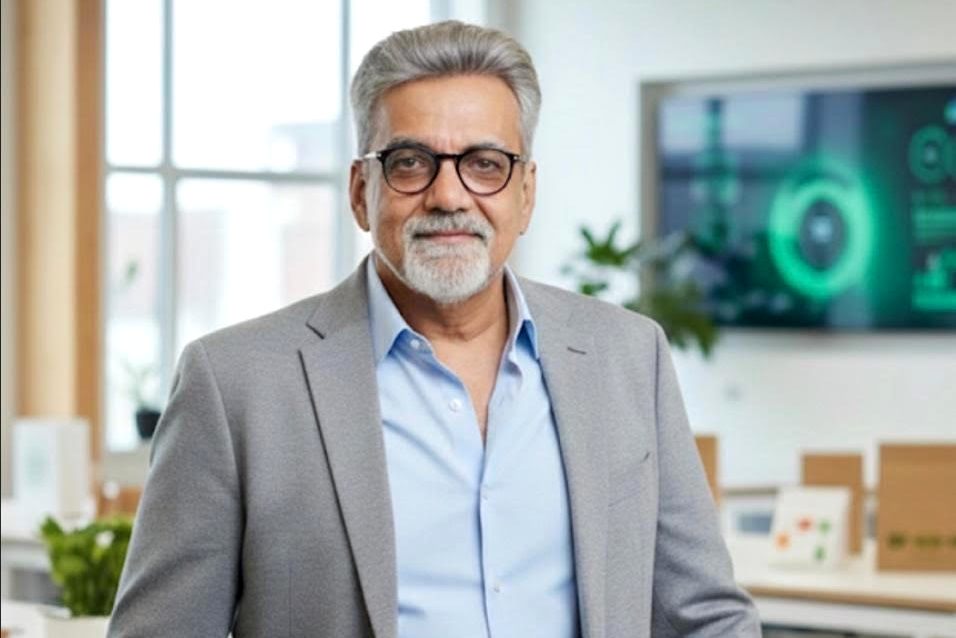


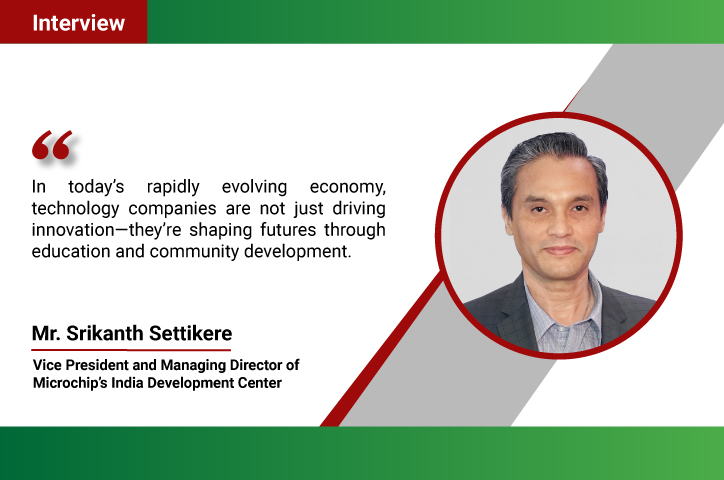
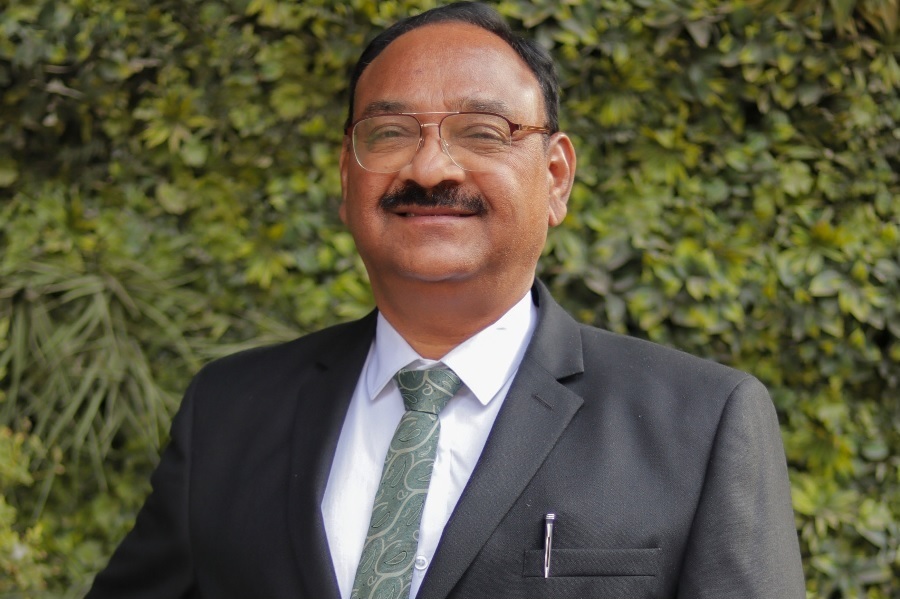
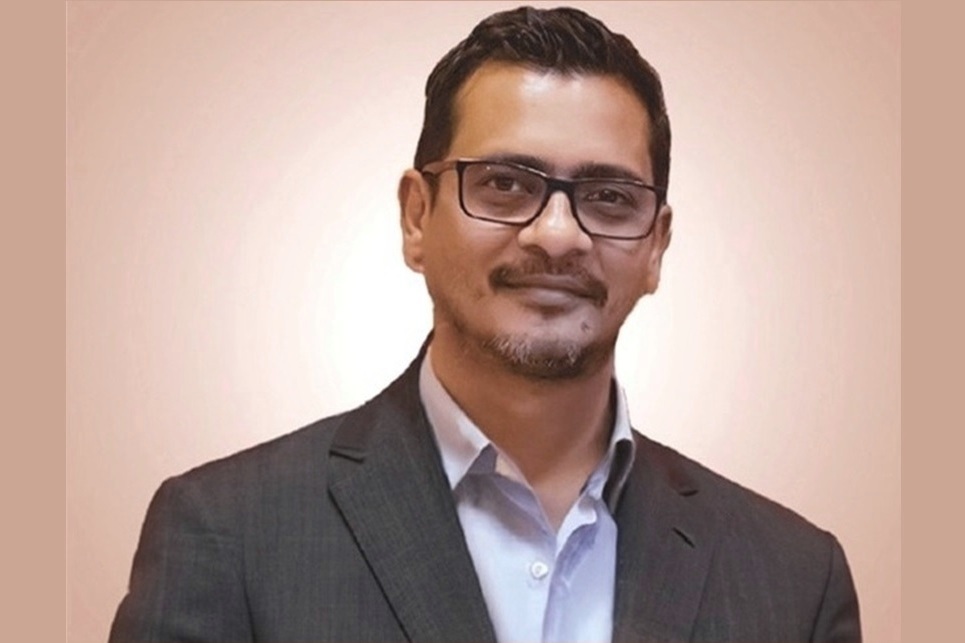



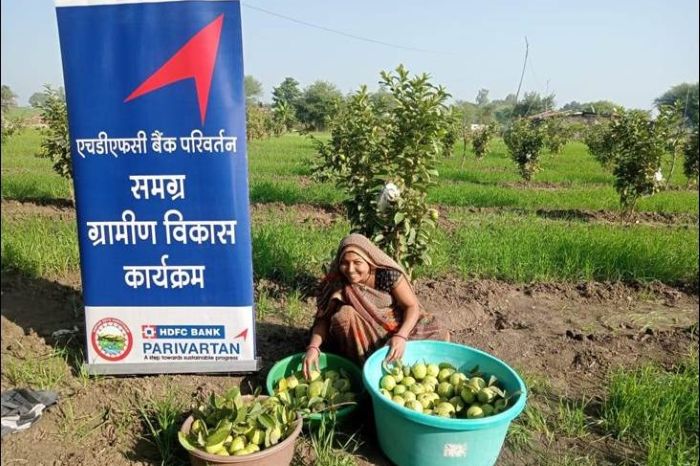


.jpg)




